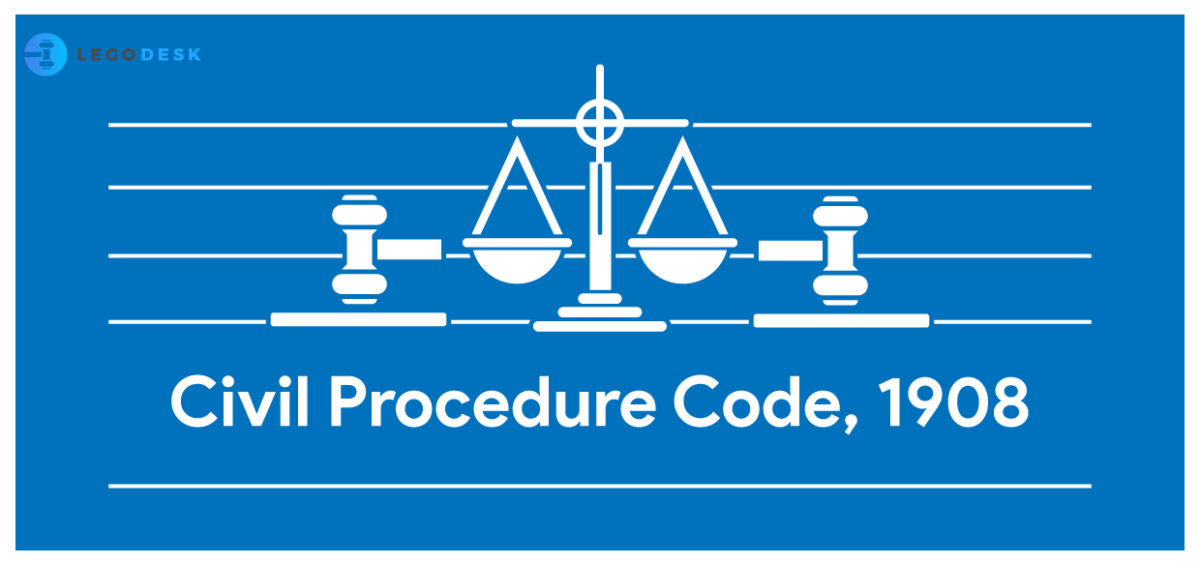Table of Contents
According to a recent ruling by the Calcutta High Court, courts should generally refrain from impleading or adding a party to a lawsuit where the plaintiff objects to doing so. This is so that a plaintiff cannot be forced to attack someone, according to Justice Ajoy Kumar Mukherjee.

What is the background of the case?
The petitioner initially applied to the civil court for his inclusion as a defendant in the lawsuit under Order 1 Rule 10(2) of the Code of Civil Procedure (CPC), which deals with the impeachment of third persons, to defend his purported rights in the aforementioned complaint.
The petitioner requested relief from the High Court after the civil court denied this application. The petitioner claimed that if he wasn’t included in the dispute, it would impair his rights. He also claimed that such imposition would lessen the number of cases.
However, the High Court denied this argument.
What did the high court say?
In reality, when the plaintiff objects to the addition of a defendant, the court should generally not do so. The plaintiff is dominus-litis, which is the cause. He is the suit’s master. He cannot be forced to combat someone for whom he makes no claims of relief, according to the order.
Whether or not the petitioner may be indirectly impacted by the case is irrelevant for determining whether or not he may be impleaded in the lawsuit, according to Justice Mukherjee.
The High Court stated, “Therefore, the ultimate decision is upon the court to determine whether petitioner’s presence in a suit is required or not for effective and conclusive adjudication of the suit.”
It went on to say that the civil court had provided enough justification in this instance to deny the petitioner’s request for impleadment and come to the conclusion that his presence was not necessary for the resolution of the dispute.
A person who claimed to have rights over a piece of property that was the subject of a legal dispute involving several other parties made an impleadment plea before the court.
What is Dominus Litis?
Dominus-lists, or the master of the suit or complaint, is a Latin expression that refers to “the person who benefits from a favourable judgment and is responsible for the consequences of an adverse judgment, including expenses.” The plaintiff is the one who initiates the litigation and has been granted by law the right to select the defendants, the prerogative to value the reliefs claimed by him, the right to select the remedy, and the right to select the court or forum if more than one court has jurisdiction to hear the suit/plaintiff’s claim following the law.

What is Order 1 Rule 10 of the CPC?
It is possible that at the time of filing a lawsuit in court, the lawyer or even the person that requested the lawsuit might not be familiar with all of the parties involved. As a result, redress cannot be requested without also naming the other persons who were harmed as plaintiffs or defendants (where applicable). The purpose of this clause, Order 1 Rule 10 of the CPC, is to protect honourable litigants who believe their claims are maintainable from having their cases dismissed on a technicality because the necessary person(s) were not impleaded in the lawsuit.
The Code of Civil Procedure’s Order 1 addresses the parties to the lawsuit. Order 1 The court may add or substitute documents under Rule 10 of the Code of Civil Procedure (hereinafter referred to as CPC).
1. Any individual may participate in the case as a party at any time.
2. The party whose attendance before the court is required to allow the court to fairly and thoroughly decide all of the issues raised by the case.














